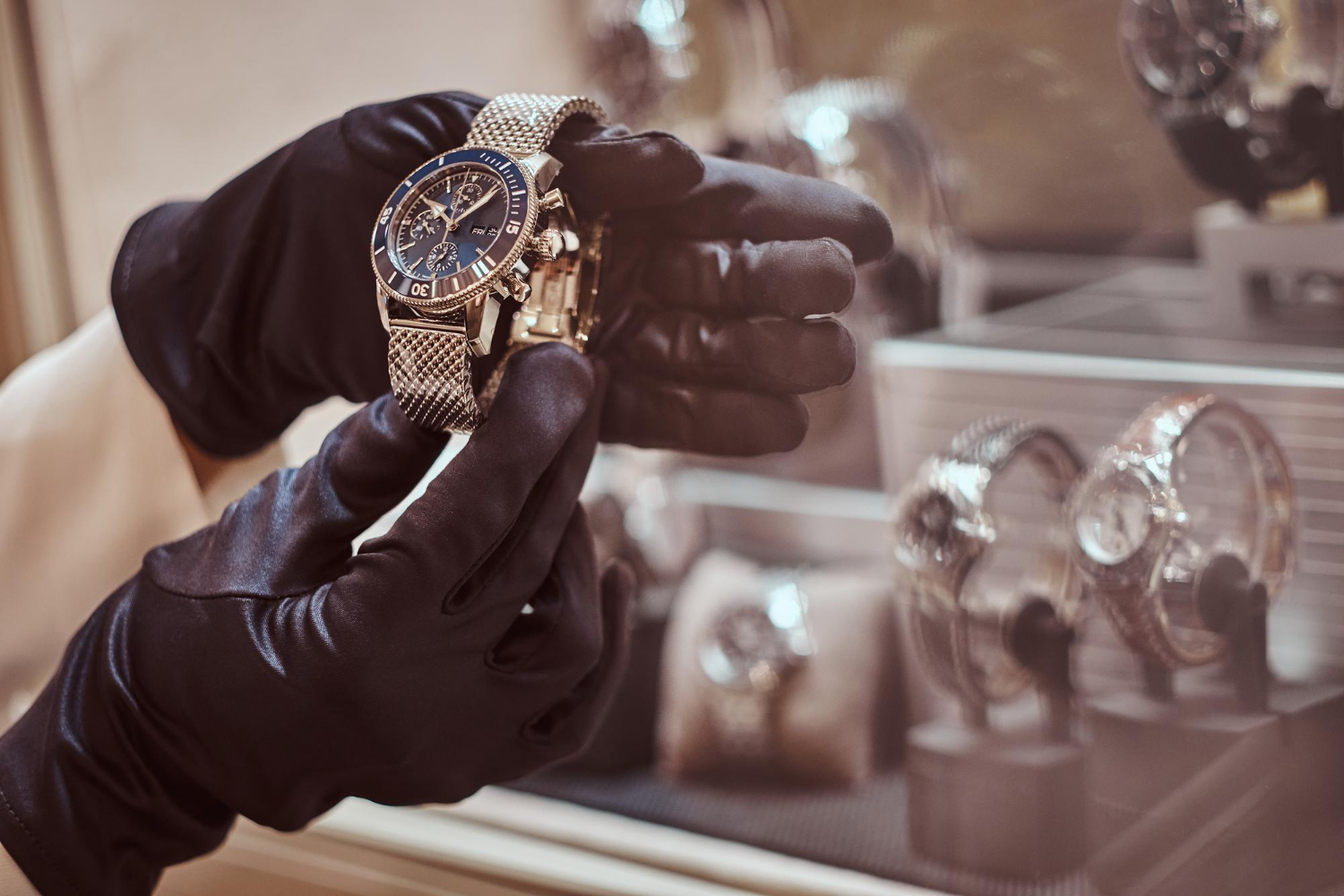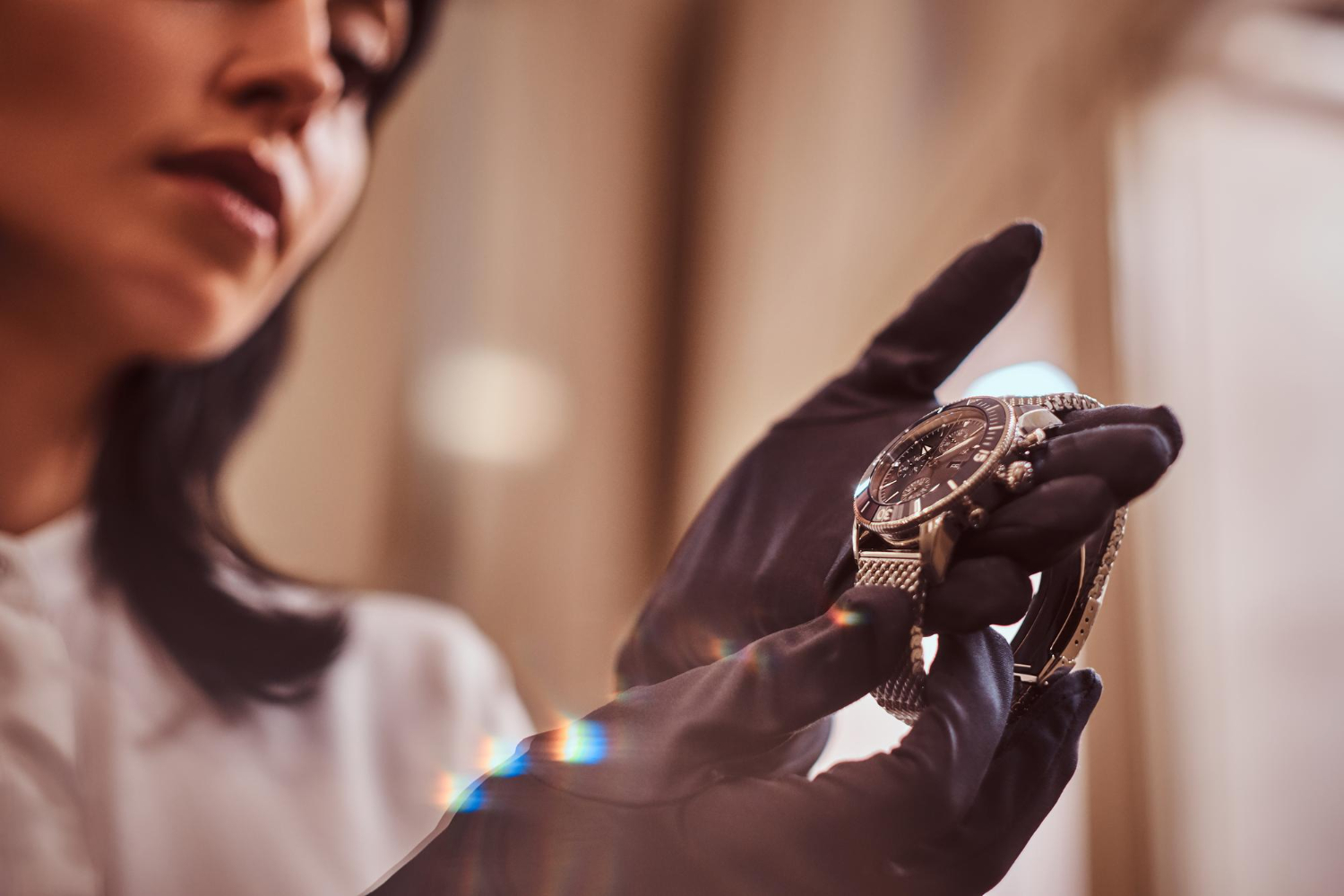A chronograph watch combines the functionalities of a stopwatch with the display features of a standard watch, making it a popular choice for sports enthusiasts, pilots, and anyone who values precision and functionality in timekeeping. The development of the automatic chronograph marked a significant milestone in the history of watchmaking, with major watchmakers racing to create the first self-winding chronograph movement, exemplified by Zenith’s groundbreaking ‘El Primero’ movement. The first chronograph, invented by Louis Moinet in the early 17th century, was a revolutionary tool for tracking astronomical movements and timing horse races, with his Compteur de Tierces recognized as the ‘World’s First Chronograph’. Understanding how to use a chronograph watch can enhance your experience with these complex and fascinating timepieces.
The Dial
The dial of a chronograph watch is where all the action happens. Modern chronographs feature centre-mounted hands, subdials, and pushers to measure and display elapsed time. It typically features three chronograph hands (sub-dials): one for seconds, one for minutes, and sometimes one for hours, depending on the complexity of the watch. These sub-dials track the elapsed time when using the chronograph function. The main second hand, which usually stays stationary unless the chronograph is engaged, measures seconds elapsed.
The Bezel
Some chronograph watches come with a tachymeter bezel, which allows you to calculate speed over a known distance or measure distance based on speed. A tachymeter can also be used to convert elapsed time into speed, showcasing the versatility of these timepieces for those who appreciate mechanics and style. The bezel is marked with a scale that, when used in conjunction with the chronograph, can measure speeds or distances. This feature is particularly useful for racing, aviation, or any activity where speed and distance calculation is essential.

The Pushers
Chronograph wristwatches typically have two pushers on the side of the case, above and below the crown. These pushers are used to operate the chronograph function. A flyback chronograph allows for the instant reset and restart of the chronograph hand with a single push of a button, making it particularly useful for activities like aviation and timing multiple events with the same start time but different finish times. The top pusher, often referred to as the “start/stop” pusher, is used to start and stop the timing function. The bottom pusher, known as the “reset” pusher, is used to reset the chronograph dials back to zero.
How to Measure Elapsed Time on a Chronograph
Measuring time with a chronograph is straightforward once you familiarise yourself with the function of each component. The stopwatch function can time events by counting the lapsed time in seconds, minutes, and hours, often displayed via subdials within the main dial.
Start the Chronograph
To begin measuring elapsed time, press the top pusher with your index or middle finger. The complexity of chronograph movements, with their intricate inner workings, significantly contributes to the high cost of chronograph watches. This action releases the chronograph’s second hand, allowing it to start measuring time. As the hand moves, the seconds are recorded on the main dial, while minutes and potentially hours are tallied in the sub-dials.
Stop the Chronograph
When you want to stop measuring time, press the top pusher again. This halts the chronograph’s second hand, and the sub-dials stop tracking time, allowing you to read the total elapsed time.
Read the Elapsed Time
To read the elapsed time, look at the positions of the hands on the sub-dials. The seconds hand on the main dial, along with the minutes and hours sub-dials (if available), will indicate the total time measured from when you started the chronograph.
Reset the Chronograph
After reading the elapsed time, you can reset the chronograph by pressing the bottom pusher. This action returns all hands (main and sub-dials) to their starting position, readying the watch for the next timing session.

What Not to Do With a Chronograph
While chronograph watches are designed for functionality and durability, there are certain practices to avoid to maintain their precision and longevity:
- Do not operate the pushers underwater, as this can compromise the watch’s water resistance and allow moisture to enter the case.
- Avoid resetting the chronograph while it is running, as this can damage the movement. Always stop the chronograph before resetting.
- Limit the use of the chronograph function to avoid unnecessary wear on the watch’s movement. Continuous operation can strain the mechanism. Additionally, the extra functions of a chronograph watch may consume more stored-up energy, affecting the power reserve.
Our Favourite Chronographs
Chronograph watches come in a vast array of styles and functionalities, catering to different tastes and requirements. Here are a few favourites that stand out for their design, precision, and history:
- Omega Speedmaster Professional: Known as the “Moonwatch” for its association with NASA’s lunar missions, this iconic chronograph offers exceptional precision and durability. It also features an automatic movement, enhancing its reliability and performance.
- Omega Speedmaster 3513.50.00: This version of the Omega Speedmaster carries on the legacy of the “Moonwatch” with its timeless design and reliable chronograph functions.
- Omega Speedmaster 3513.30: Another notable variant of the Omega Speedmaster, this model boasts classic styling and dependable performance, making it a favourite among watch enthusiasts.
- Breitling Navitimer: With its distinctive slide rule bezel for in-flight calculations, the Navitimer is a pilot’s watch at heart, offering a blend of functionality and aviation style. As a modern chronograph, it includes a third hand and/or subdial for tracking time. Unlike a normal watch, which tells regular time, a chronograph can measure relative time by itself and has a busier dial with additional components. The Navitimer also showcases the functionality of a split-seconds chronograph, used for recording split times and events in quick succession.
Whether you’re a sports enthusiast, a professional needing precise timing capabilities, or simply someone who appreciates the intricate mechanics of chronograph watches, knowing how to use and care for your chronograph enhances its value and functionality. By understanding the components and proper operation of your chronograph, you can enjoy the full range of features these remarkable timepieces have to offer.








